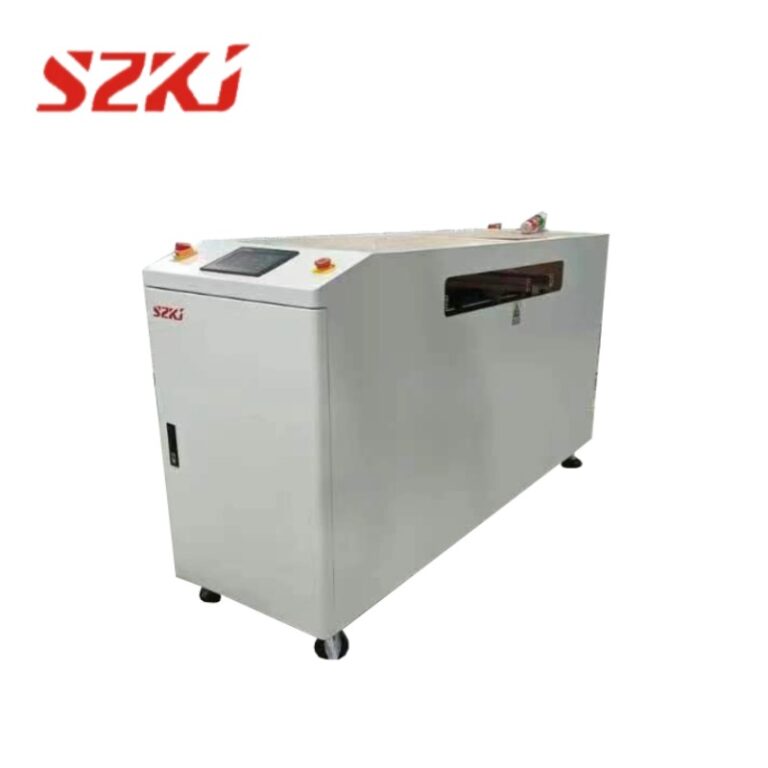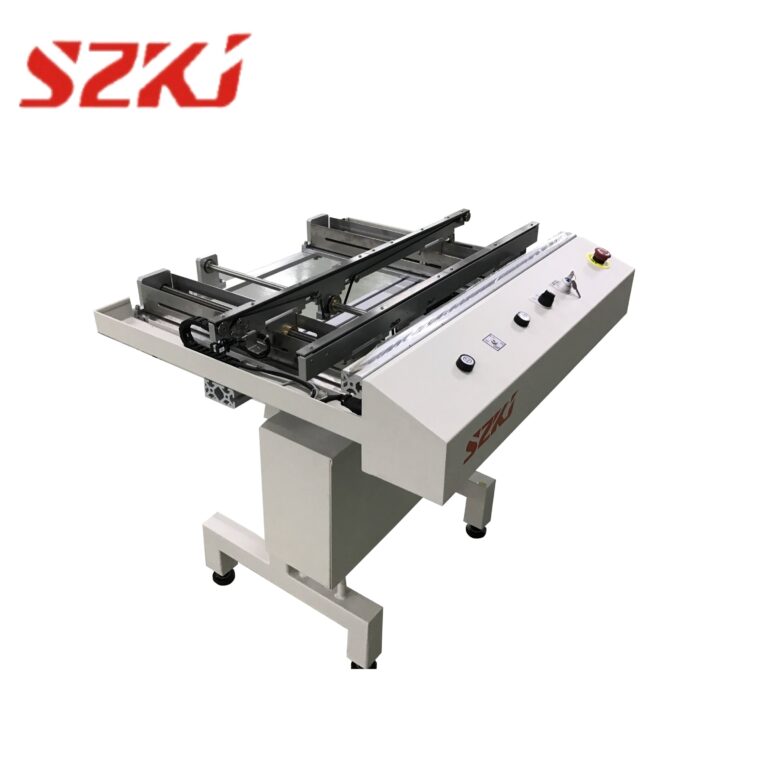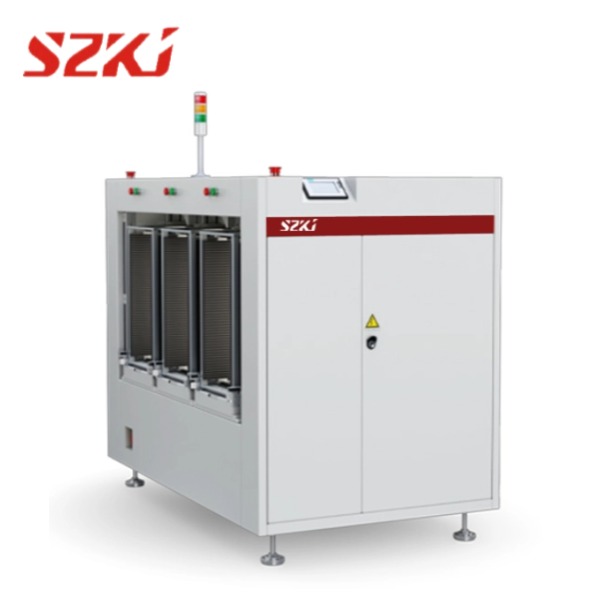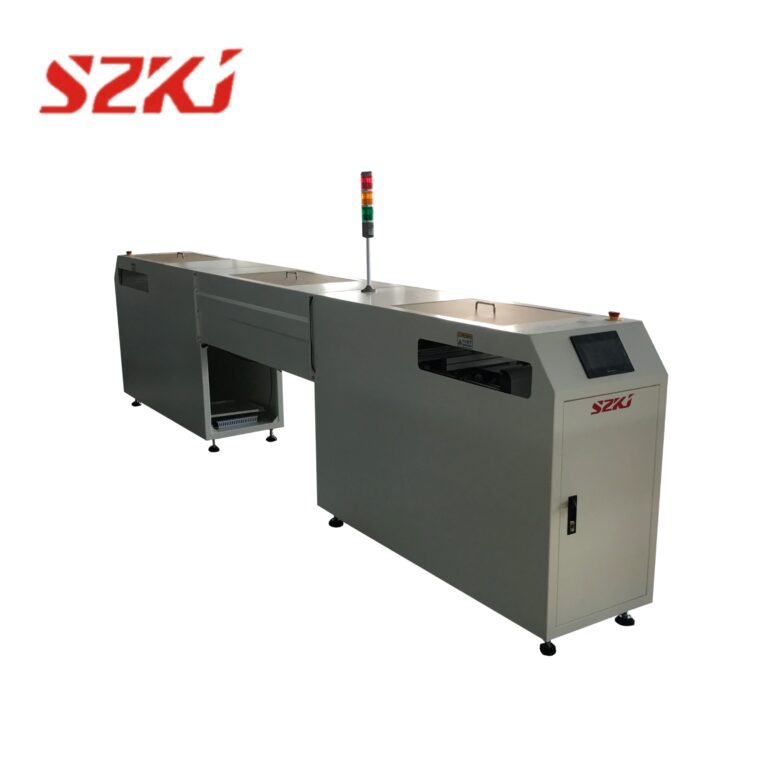Table of Contents
ToggleIn electronics manufacturing, FPY—First Pass Yield—is a key metric used to assess production quality and efficiency. A higher FPY means more units pass inspection the first time, without the need for rework or repair, indicating a stable and reliable production process. This article explores the definition of FPY, the factors that influence it, and how to optimize your process using the right materials and assembly equipment.
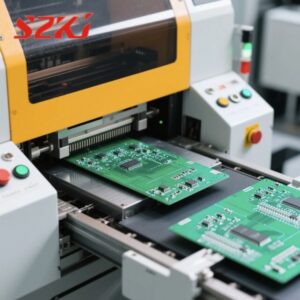
What Is First Pass Yield (FPY)?
FPY refers to the percentage of products that successfully pass all tests and inspections on the first attempt, without any defects or rework. It is calculated as:
FPY = (Number of Good Units / Total Units Produced) × 100%
For manufacturers, especially in high-mix, high-speed environments, maintaining a high FPY is essential for reducing costs, minimizing delays, and delivering quality products.
What Affects FPY?
Several key factors can influence FPY in the production line:
1. Materials Quality
The choice of materials—such as electronic components and the PCB board itself—directly affects product performance. Inconsistent or low-grade materials often lead to failures during the first inspection, lowering the overall FPY.
2. Solder Paste
Solder paste is crucial in surface mount technology. Improper paste selection or poor handling can lead to defects like bridging, cold solder joints, or voids, all of which reduce FPY. Choosing the right solder paste type and storage conditions is essential.
3. Employee Skill and Attitude
Even with automated assembly equipment, human oversight and manual tasks remain important. Well-trained, detail-oriented employees who maintain focus can quickly detect issues and prevent process deviations, thus helping to maintain high FPY.
How to Improve FPY?
To improve FPY, manufacturers can apply a combination of technical adjustments and process improvements. Below are some actionable steps:
1. Optimize PCB Stencil Design
A well-designed stencil ensures accurate solder paste deposition. Optimizing aperture size and shape helps prevent issues like insufficient solder or bridging, contributing to better first-pass results.
2. Select the Right Solder Paste
Matching solder paste to board design, component type, and temperature profile is critical. Different applications may require different formulations to ensure proper wetting and bonding.
3. Adjust Squeegee Angle and Pressure
In stencil printing, the squeegee’s angle and pressure affect the volume and consistency of paste application. Fine-tuning these settings on your assembly equipment ensures a smoother printing process, reducing defects early on.
4. Refine Reflow Oven Temperature Profile
A precise thermal profile ensures complete soldering while avoiding overheating. Carefully controlling the zones within the reflow oven prevents defects such as tombstoning, cold joints, or component damage, all of which impact FPY.
Conclusion
Improving FPY is not about a single fix—it’s about fine-tuning multiple variables across materials, equipment, and personnel. By selecting high-quality components, using the right solder paste, and optimizing the settings of their assembly equipment, manufacturers can significantly increase their first pass yield.
Ultimately, a higher FPY leads to lower costs, less waste, and a more streamlined production process, benefiting both the manufacturer and the end customer.

